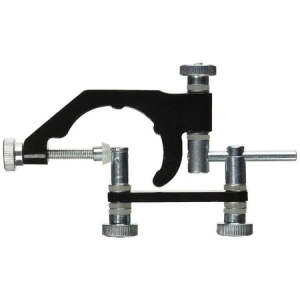- Joined
- Mar 2, 2021
- Messages
- 84
Hi,
I am attempting to tram a bridgeport style turret/knee mill with a tramming square (i.e. two DTI mounted on arms and held in the quill).
I can get the within a thou on both the x-axis and the y-axis.
If I then rotate the quill a few degrees off axis (or say to 45 degrees) the DTIs are way off from each other (like maybe tens of thous?).
When the quill rotates through 90 degrees (i.e. axis aligned on the x-axis or y-axis) the DTI's agree.
Does that seem weird? Wouldn't that mean that something like a fly cutter would cut "waves" rather than a flat circle?
What am I missing?
Thanks for reading!
I am attempting to tram a bridgeport style turret/knee mill with a tramming square (i.e. two DTI mounted on arms and held in the quill).
I can get the within a thou on both the x-axis and the y-axis.
If I then rotate the quill a few degrees off axis (or say to 45 degrees) the DTIs are way off from each other (like maybe tens of thous?).
When the quill rotates through 90 degrees (i.e. axis aligned on the x-axis or y-axis) the DTI's agree.
Does that seem weird? Wouldn't that mean that something like a fly cutter would cut "waves" rather than a flat circle?
What am I missing?
Thanks for reading!


